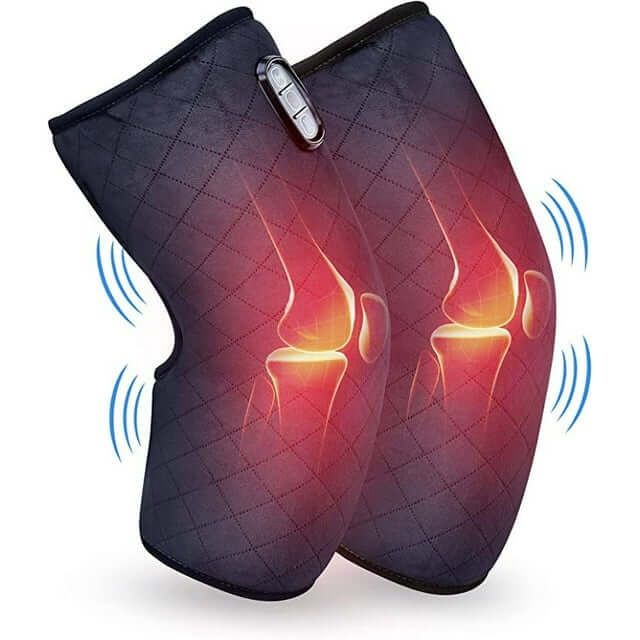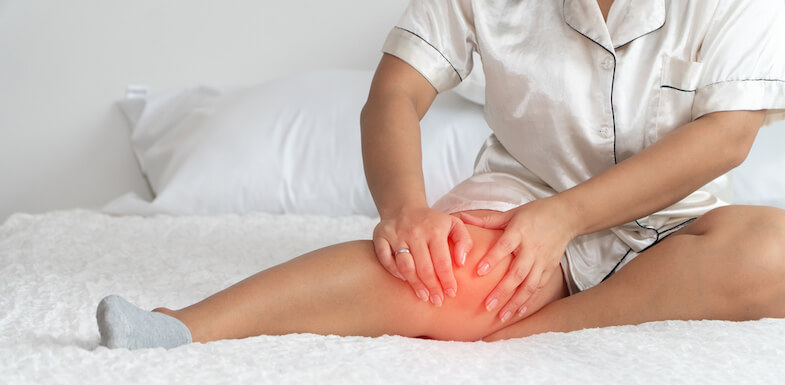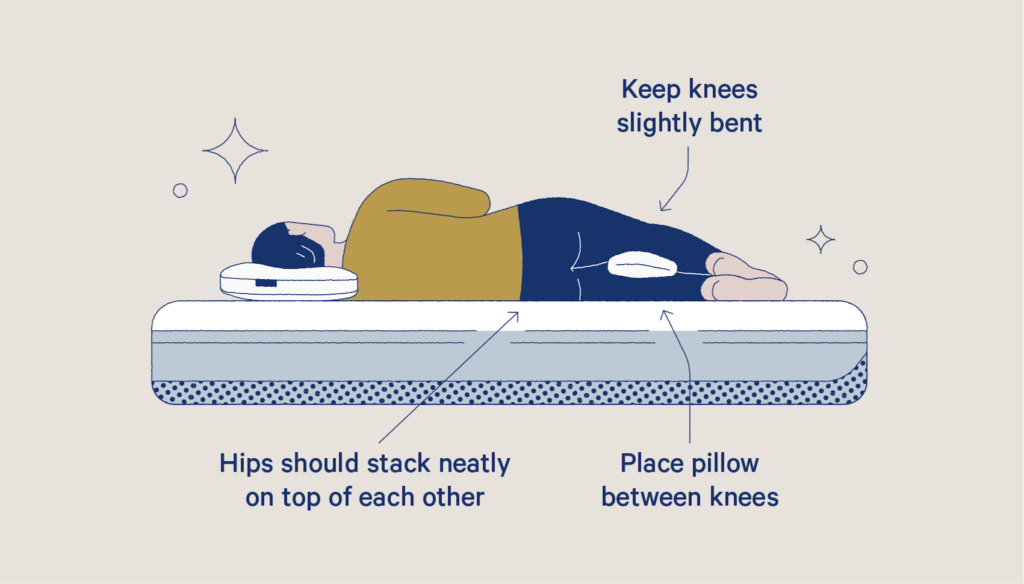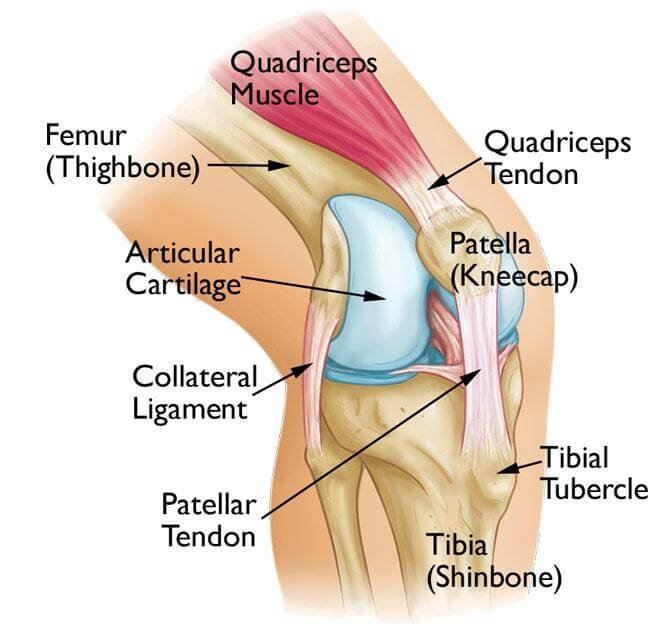Basketball is an exhilarating sport that demands agility, strength, and endurance from its players. Whether you’re a passionate amateur or a seasoned professional, the high-impact nature of the game places immense stress on your lower body, particularly your knees. While basketball offers numerous physical and mental benefits, it also carries the potential for injuries, with knee pain being a prevalent and often debilitating issue for many athletes.
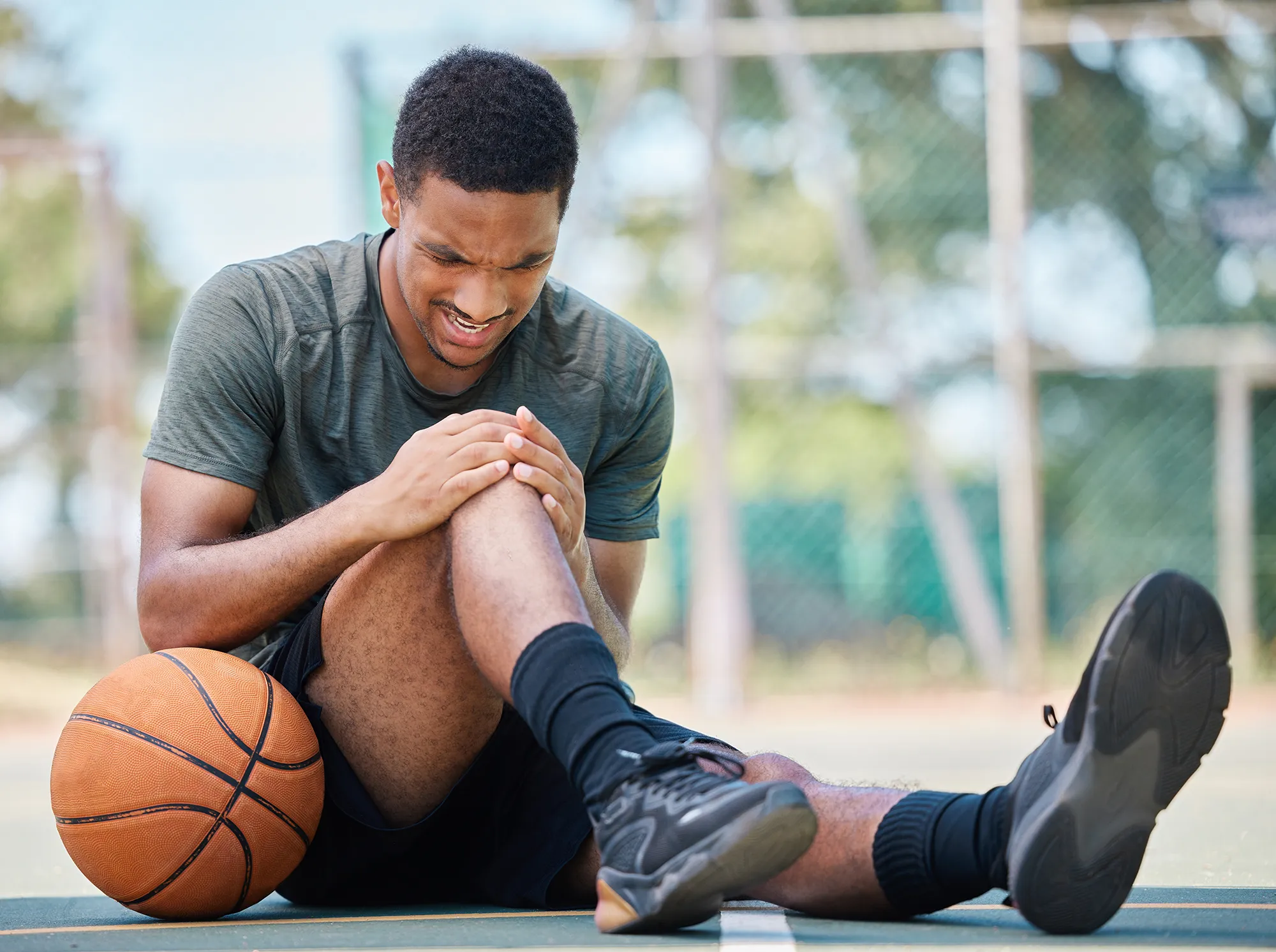
Knee pain can surface as an unwelcome companion for those who participate in basketball, affecting players of all ages and skill levels. It can stem from a variety of factors, such as overuse, acute injuries, improper biomechanics, or underlying medical conditions. Understanding the root causes of knee pain after playing basketball is crucial for effective management and prevention.
In this article, we delve into the four most common causes of knee pain experienced by basketball enthusiasts and offer practical solutions to help alleviate discomfort, enhance performance, and keep you on the court for years to come. Whether you’re a player looking to safeguard your knee health or a coach aiming to educate your team on injury prevention, this comprehensive guide will provide you with valuable insights and actionable strategies to minimize knee pain and maximize your enjoyment of the game.
From the importance of proper warm-ups and stretching routines to addressing potential biomechanical issues, we’ll explore the multifaceted nature of knee pain in basketball. By recognizing these factors and implementing the right preventive measures and treatments, you can continue to enjoy the exhilarating world of basketball without being sidelined by nagging knee pain. So, let’s lace up our sneakers and embark on a journey to better understand, prevent, and address knee pain in basketball.
The Four Culprits Behind Knee Pain in Basketball
1. Overuse and Repetitive Stress
One of the leading causes of knee pain in basketball is the relentless strain placed on the knees due to frequent running, jumping, and abrupt directional changes. Over time, this can result in overuse injuries, such as patellar tendinitis or iliotibial band syndrome, commonly known as ITBS. These conditions can cause persistent pain and discomfort, making it challenging to perform at your best.
In this article, we will discuss the importance of rest and recovery, proper load management, and exercises to strengthen the supporting structures around the knee. By understanding how to mitigate the effects of overuse, you can enjoy the game while minimizing the risk of chronic knee pain.
2. Acute Injuries
Sudden falls, collisions, and awkward landings can lead to acute knee injuries, including ligament sprains, meniscus tears, and patellar dislocations. Such injuries can be incapacitating and necessitate immediate medical attention. We will explore how to respond to these emergencies, as well as the subsequent rehabilitation strategies to regain strength and stability in the knee.
3. Biomechanical Factors
Proper biomechanics play a pivotal role in preventing knee pain in basketball. Issues such as muscle imbalances, poor posture, and incorrect landing techniques can increase the risk of knee injuries. Our article will delve into these factors, offering insights into how to improve your movement patterns, enhance your body’s natural shock-absorbing capabilities, and reduce the stress on your knees during gameplay.
4. Underlying Medical Conditions
Sometimes, knee pain in basketball can be exacerbated or triggered by underlying medical conditions, such as osteoarthritis, patellofemoral pain syndrome, or even structural abnormalities in the knee joint. We will discuss the importance of a proper diagnosis, medical management, and rehabilitation approaches tailored to these specific conditions.
Solutions for a Pain-Free Basketball Experience
This article aims to provide you with a comprehensive guide on how to combat knee pain in basketball. We will explore not only the causes but also the preventive measures and solutions, including the importance of warm-ups, stretching routines, and targeted strengthening exercises. You’ll gain valuable insights into how to enhance your game and keep your knees in top condition, ensuring that knee pain doesn’t sideline your love for basketball.
Basketball is more than just a sport; it’s a way of life for many. By understanding the causes of knee pain and implementing the right strategies, you can continue to play with passion, agility, and confidence. The court is your canvas, and with the right knowledge and proactive approach, you can paint a masterpiece of performance while keeping knee pain at bay. So, let’s begin our journey to a pain-free, successful basketball experience.
A Holistic Approach to Knee Pain Prevention and Management
To address knee pain in basketball comprehensively, we’ll delve into the following key areas:
1. Warm-ups and Stretching Routines
We’ll emphasize the importance of dynamic warm-up routines to prepare your body for the intensity of basketball. Dynamic stretching not only helps increase blood flow but also enhances flexibility and joint mobility. Additionally, we’ll discuss the value of post-game static stretching to aid in recovery and prevent muscle tightness.
2. Strengthening Exercises
Strength is your shield against knee pain. Our article will introduce a variety of exercises targeting the muscles around the knee, hips, and core. A robust foundation in these areas can significantly reduce the risk of injury and provide more stability during rapid movements and directional changes on the court.
3. Biomechanical Corrections
Understanding how your body moves during gameplay is crucial. We’ll explore the significance of proper running, landing, and cutting techniques, and how small adjustments in your form can make a substantial difference in protecting your knees. Video analysis and feedback from coaches or trainers can be valuable tools in this process.
4. Rest and Recovery
Rest is often overlooked, yet it’s an essential part of any athlete’s routine. We’ll discuss the importance of sufficient rest between games and practices to allow your body to heal and recharge. Overtraining is a common precursor to injuries, so recognizing the signs and symptoms is key to maintaining optimal performance.
Empowering You to Excel on the Court
Our goal is to empower basketball enthusiasts with the knowledge and tools they need to enjoy the sport they love without the constant presence of knee pain. By understanding the causes of knee pain, implementing effective preventive measures, and making informed choices regarding treatment and recovery, you can unlock your full potential on the court.
Whether you’re an aspiring athlete, a dedicated coach, or a concerned parent, this article will equip you with the insights and strategies to navigate the complex world of knee health in basketball. As we explore the four common culprits behind knee pain and provide actionable solutions, you’ll be better prepared to thrive in this dynamic sport while safeguarding your knees from unnecessary stress and discomfort.
Remember, knee pain doesn’t have to be an unavoidable part of the game. With the right knowledge and a proactive approach to prevention and management, you can continue to enjoy the exhilarating world of basketball and keep your knees strong and pain-free. It’s time to step onto the court with confidence, knowing that you have the tools to conquer any challenge that comes your way.
Conclusion: Shooting for a Pain-Free Future in Basketball
In conclusion, knee pain should not be a roadblock on your journey to success in basketball. By identifying and addressing the four common causes of knee pain in basketball – overuse, acute injuries, biomechanical factors, and underlying medical conditions – you can take significant steps toward a pain-free and fulfilling basketball experience.
The solutions we’ve explored, from proper warm-ups and stretching routines to targeted strengthening exercises, biomechanical adjustments, and adequate rest, provide a holistic approach to knee pain prevention and management. These strategies are not only effective in reducing the risk of injury but also in improving your overall performance on the court.
As you continue your basketball journey, remember that knowledge is your most potent weapon against knee pain. Stay informed, be proactive, and prioritize your well-being. By doing so, you can ensure that your love for basketball remains an enduring and rewarding part of your life.
With the right tools and practices in place, you can confidently dribble, pass, shoot, and defend without the shadow of knee pain looming over you. So lace up your shoes, take the court, and embrace the exhilaration of basketball with the assurance that you’re equipped to handle any challenge that comes your way. The future of pain-free and successful basketball starts today

